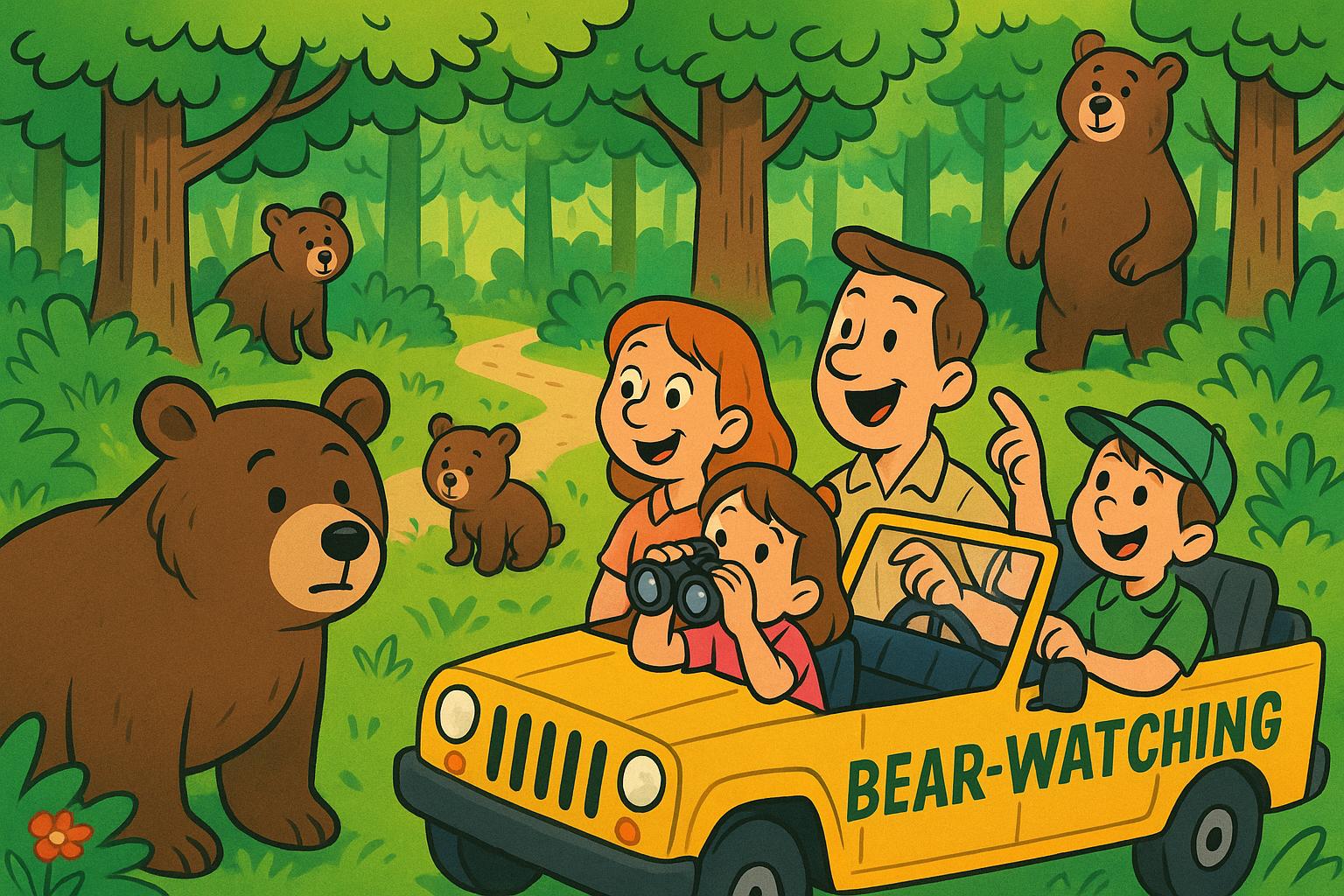Understanding Bear Watching Tours
Planning a bear watching tour involves several important considerations to ensure a successful and safe experience. Observing bears in their natural habitat allows for a unique appreciation of wildlife and ecosystems. Before embarking on a tour, it is crucial to understand the types of bears that you can expect to see and the regions they inhabit.
Types of Bears
There are several species of bears that may be observed during a bear watching tour. These include the American black bear, grizzly bear (also known as the North American brown bear), and the polar bear. Each species is adapted to specific environments:
- American Black Bears: Primarily found in forested regions throughout North America.
- Grizzly Bears: Mostly inhabit the wilderness areas of Alaska, Western Canada, and a few pockets in the Northwestern United States.
- Polar Bears: Native to the Arctic regions, commonly found on sea ice across the Arctic Ocean.
Choosing Your Bear Watching Destination
Selecting the right location is a critical step in planning your tour. Some popular destinations for bear watching are:
– Katmai National Park, Alaska: Renowned for its large population of grizzly bears, often seen feeding on salmon.
– Great Bear Rainforest, Canada: Known for its rich biodiversity and sightings of both black and grizzly bears.
– Churchill, Manitoba: Offers opportunities to see polar bears during their migration in fall.
For more detailed information regarding these destinations, visit the Katmai National Park website or the Parks Canada website.
Timing Your Visit
Timing plays an important role in enhancing the chances of observing bears. It is generally recommended to plan your tour during the bears’ active seasons:
– Black and Grizzly Bears: Late spring to early fall, particularly during salmon runs.
– Polar Bears: October to November, when they gather near the coasts.
Logistics and Safety Considerations
Safety is paramount while engaging in bear watching tours. Always follow the guidelines set by tour operators and local wildlife authorities. Some key points include:
– Maintain a safe distance from wildlife.
– Never approach or feed bears.
– Be aware of your surroundings and make noise to avoid surprising bears.
Most tours supply necessary safety gear and guidance. You can find more details on bear safety by visiting the National Park Service bear safety page.
Bear watching can be a rewarding experience when planned carefully. By choosing the right destination, timing your visit correctly, and adhering to safety protocols, you can maximize your chances of an unforgettable wildlife encounter.

